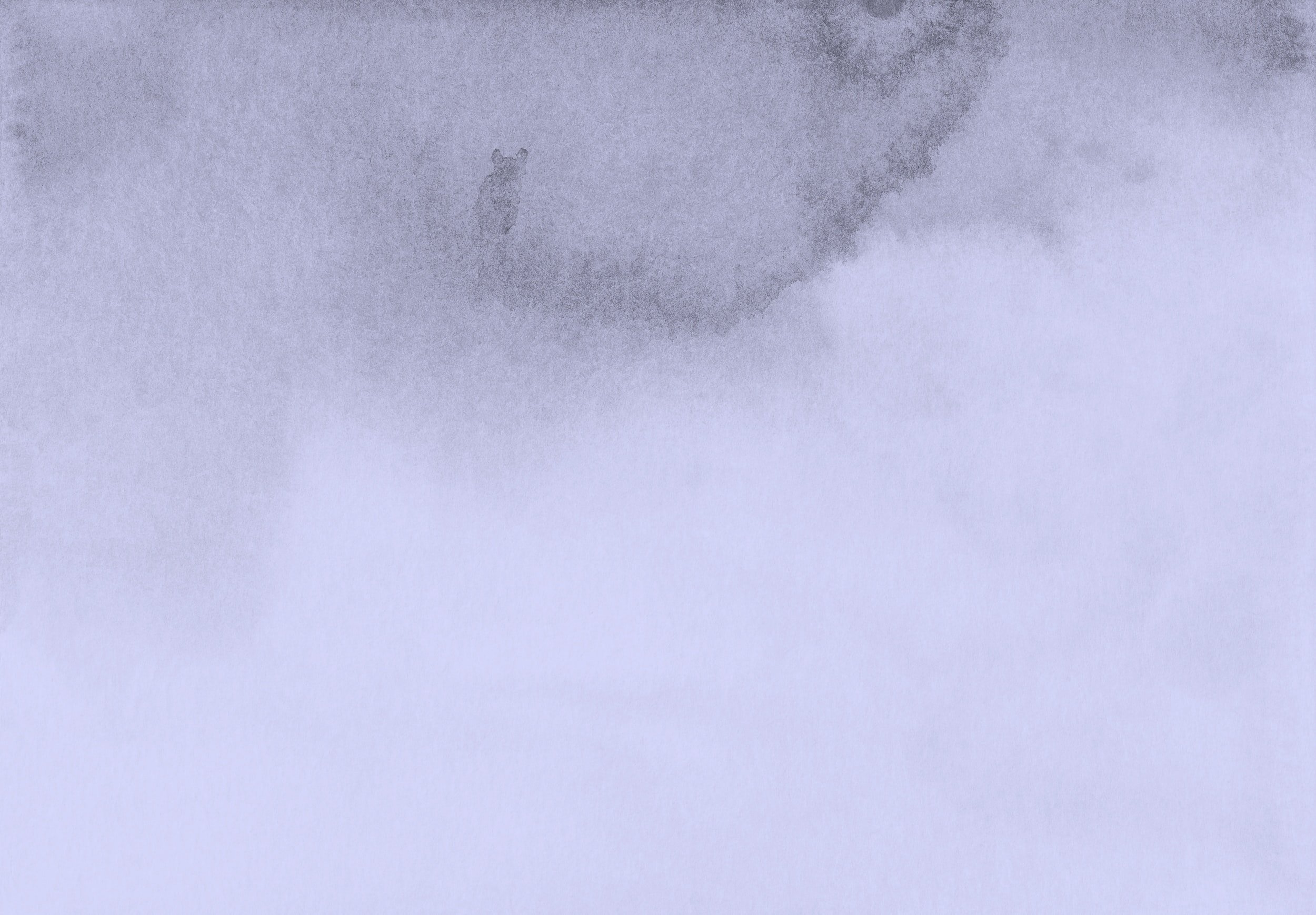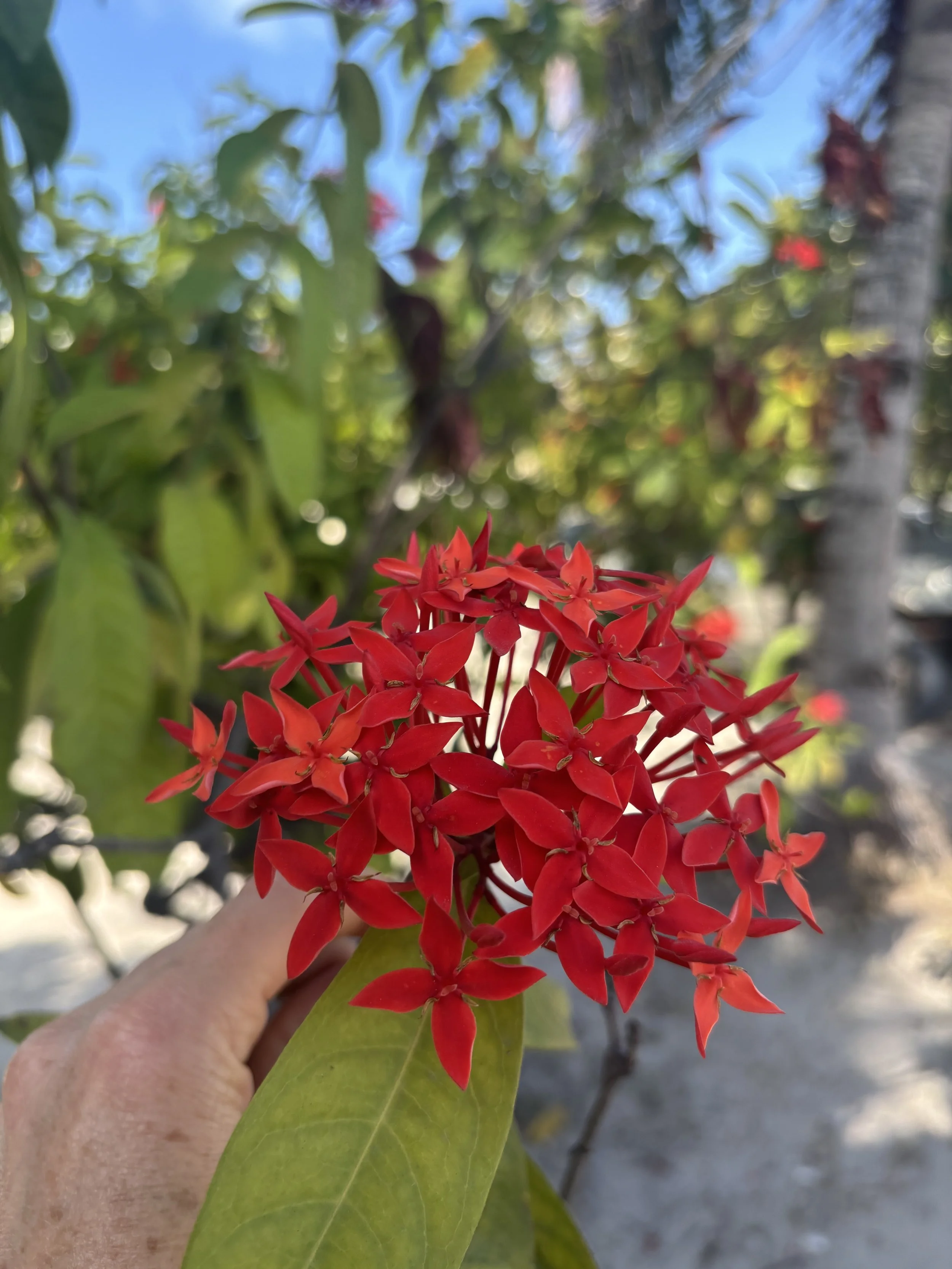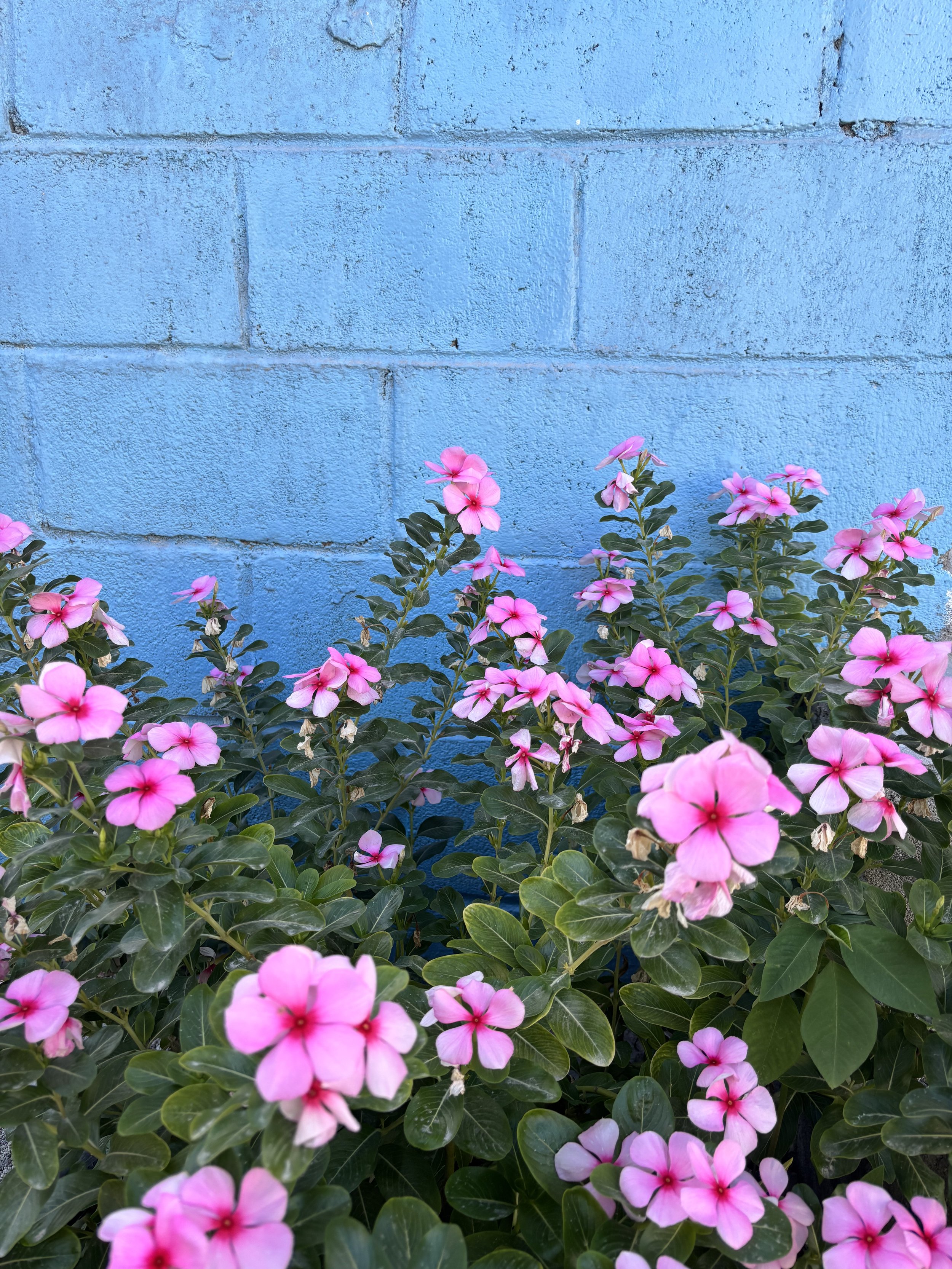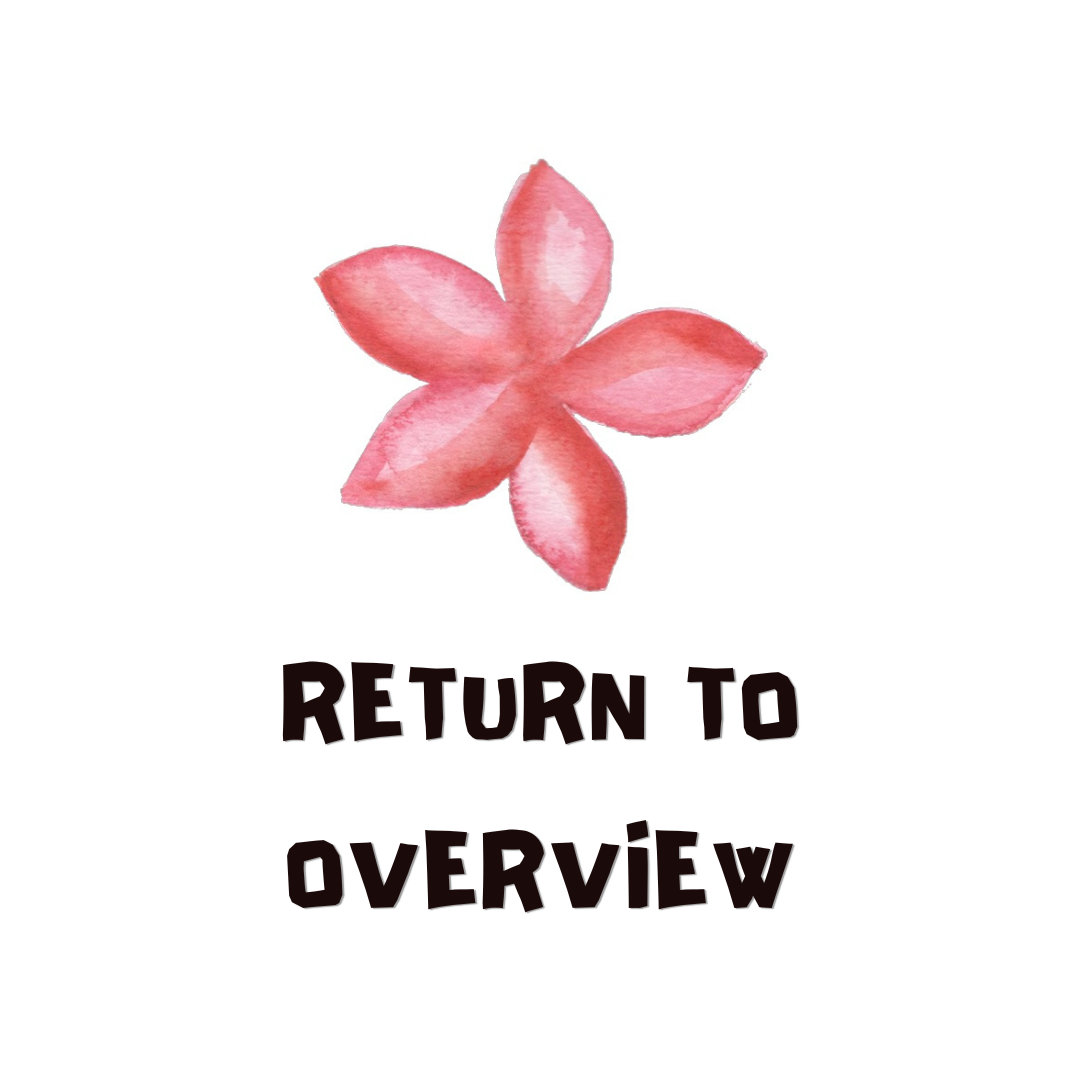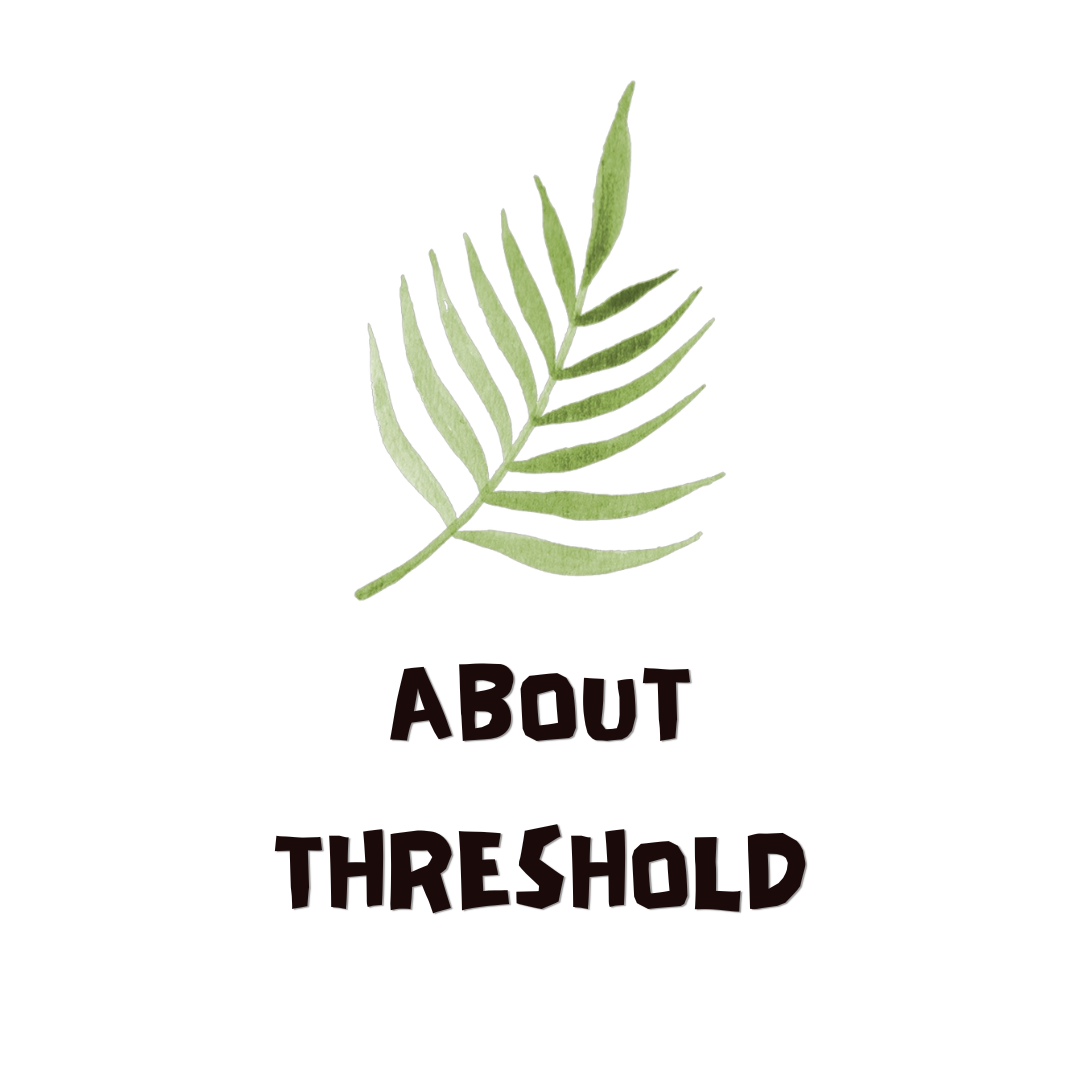
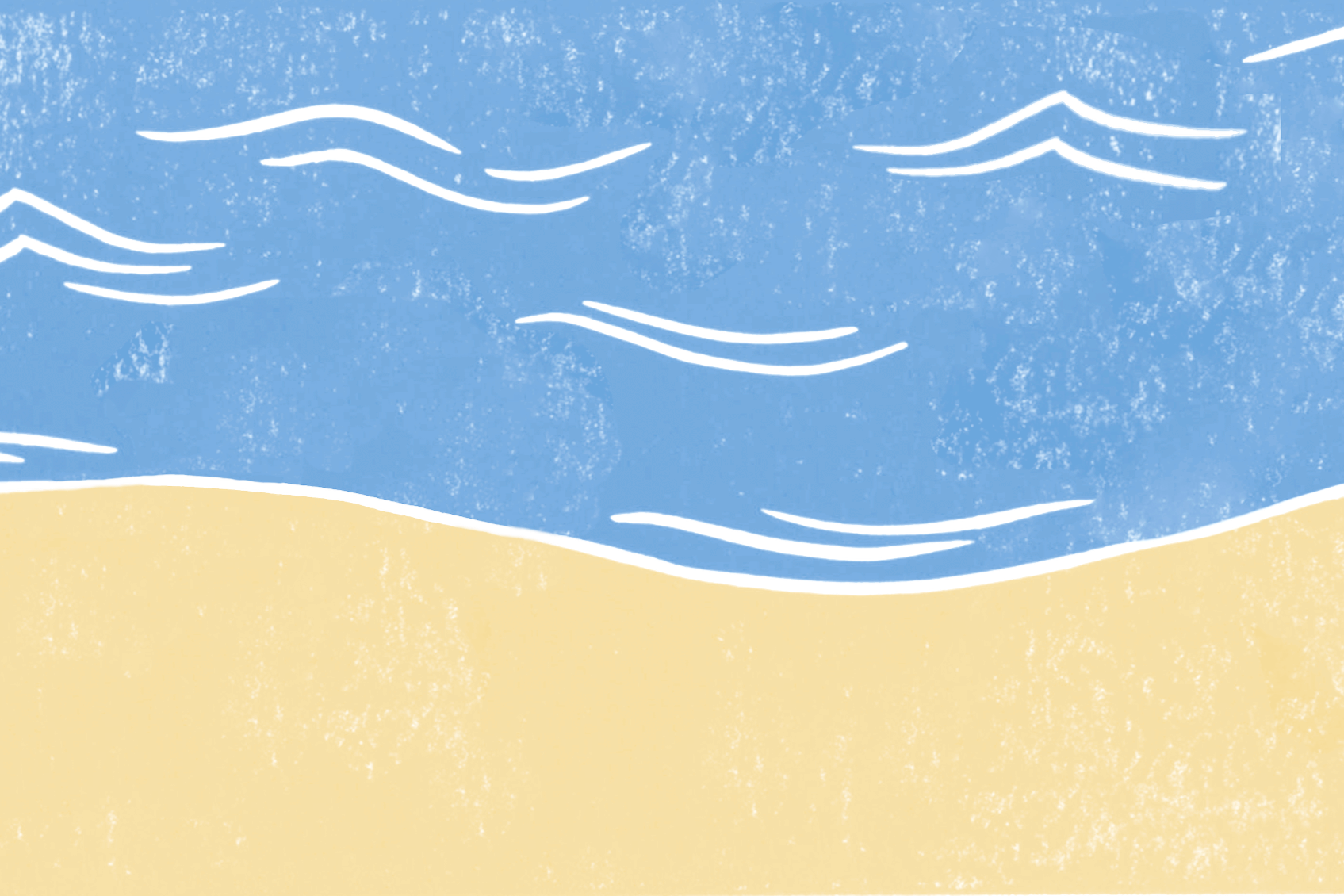
MAURI FRIENDS!
‘MAURI’ IS HOW YOU SAY ‘HELLO’ IN KIRIBATI.

-
Themes: All together now
Play the game ‘Marita Says’ (a Kiribati inspired version of Simon Says).
Find a space in the room where everyone is safe to move on their spot.
Practise being:
A coconut (crouch down in a round ball)
An atoll (standing up, make an irregular shape with your arms out in front of you)
Palm Tree (stand tall and put your arms above your head like palm tree fronds blowing in the wind)
When “Marita Says be a coconut/atoll/palm tree” is called, move into that position
When “Be a coconut/atoll/palm tree” is called and you move into that position, you are out!
At the end of the game, you might like to say ‘Ti a konna’ (pronounced Sah - kor - nah) which means ‘all together’ to start the game over again.
CURRICULUM LINKS:
Health and Physical Education
AC0HPFM02 Experiment with different ways of moving their body safely and manipulating objects and space
The Arts /Drama
AC9ADRFD01 Use play, imagination, arts knowledge, process and/or skills to discover possibilities and develop ideas

WHERE IS KIRIBATI?
The nation of Kiribati is located in the middle of the Pacific Ocean. The Pacific is divided into Micronesia, Polynesia and Melanesia, and Kiribati is part of Micronesia.
As a class, use a globe, wall map or digital application such as Google Earth to find:
the Pacific Islands
Kiribati within Micronesia
how far away your school is from Kiribati
KI - REE - BUS
WHY ARE THERE HOLES IN THE ISLANDS OF KIRIBATI?
Did you notice anything interesting about the shape of the islands?
Kiribati is made up of 32 atolls, and 1 raised island.
An atoll is a ring-shaped island, that has formed on the top of an extinct volcano. The rim of the island encircles a lagoon.
The ocean that surrounds the atoll is dark blue and has waves.
The lagoon in the middle is usually bright turquoise and is a little calmer.
Watch the video below to see the difference between the Lagoon and the Ocean.

WHAT DOES KIRIBATI LOOK & SOUND LIKE?
-
Themes: We are surrounded by the ocean; All together now
Watch the video that Marita created of her time in Kiribati. While watching the video, play the game, “See it! Hear it!”
When you see something you recognise, put up your hand and identify what you have seen and explain the sound you think it would make.
For example: Sand / Ocean / Lagoon / Coconut trees
As a class, write a list using one word or short phrases to share personal memories of:
Being in hot and/or humid weather
The beach
Smelling fragrant flowers like a frangipani
Fishing
Use the words and short phrases to create a class sensory poem that conveys the sights and sounds of being in hot weather by the ocean.
Speak the poem together, or each take a line to say. Experiment with different voices to depict the mood and feeling of the words within the poem.
Add movement to each line of the poem, so the poem becomes a celebration of voice and movement!
Share your poem with a neighbouring classroom.
CURRICULUM LINKS:
English
AC9EFLA07 Explore the contribution of images and words to meaning in stories and informative texts
AC9EFLA03 Understand that texts can take many forms such as signs, books and digital texts
AC9EFLY06 Create and participate in shared editing of short written texts to record and report ideas and events using some learning vocabulary, basic sentence boundary punctuation and spelling some consonant-vowel-consonant words correctly
Health and Physical Education
AC9HPFP03 Express and describe emotions they experience
The Arts / Drama
AC9ADRFD01 Use play, imagination, arts knowledge, processes and/or skills to discover possibilities and develop ideas
AC9ADRFC01 Create arts works that communicate ideas
AC9ADRFP01 Share their arts works with audiences
-
Themes: We use the things we have in reach; We are surrounded by the ocean; All together now
To represent the 32 atolls that make up Kiribati:
Look at online arial images of Kiribati (link) to see how each atoll is a different shape
Use materials available in the classroom or brought in from home such as cellophane and tissue paper to cut the different shapes of the atolls and create the ring around each atoll
Given the number of atolls in Kiribati, each class member could be given an atoll to create
Share with your table members your choice and use of materials to create the atoll
Display the atolls in the classroom to create a physical representation of Kiribati.
CURRICULUM LINKS:
Design and Technologies
AC9TDEFP01 Generate, communicate and evaluate design ideas, and use materials, equipment and steps to safely make a solution for a purpose
The Arts / Visual Arts
AC9AVAFC01 Create arts works that communicate ideas

WHAT DOES KIRIBATI TASTE & SMELL LIKE?
-
Theme: We use the things we have in reach
There are lots of coconut trees in Kiribati and people in Kiribati use coconuts in lots of ways including:
using coconut fibre to make strong string to hold together buildings and canoes
food and drink
leaves and trunks for houses and shelter
clothing and jewellery
water bottles and drinking containers
To see examples of coconut string being made CLICK HERE>
Has anyone seen a coconut, a coconut tree or tasted coconut and/or coconut water, milk or cream?
What did it look, feel or taste like?
Depending on availability and allergies considered, look at and/or taste a coconut and its products such as:
a fresh coconut
coconut water, milk, cream or flesh
desiccated or flaked coconut
Discuss the taste, texture and smell.
Discuss how people in Kiribati might collect coconuts from the tree and break open the hard coconut shell.
To see examples of the harvesting and uses of coconut CLICK HERE>
CURRICULUM LINKS:
Design and Technologies
AC9TDEFK01 Explore how familiar products, services and environments are designed by people
Science
AC9SFU01 Observe external features of plants and animals and describe ways they can be grouped based on these features
AC9SFU03 Recognise that objects can be composed of different materials and describe the observable properties of those materials.
-
Themes: We use the things we have in reach
Bright and fragrant flowers are everywhere in Kiribati, making Kiribati smell and look beautiful like in these pictures which were taken when Marita visited Kiribati.
Can you identify any of the flowers?
Using the provided templates of the fangipani flowers and the visual arts materials available to you, colour and cut out the flowers.
Collect the frangipani flowers together - you might like to put them in a basket or container, as they will be used as ‘gifts’ later as you venture on the flying canoe.
CURRICULUM LINKS:
Science
AC9SFU01 Observe external features of plants and animals and describe ways they can be grouped based on these features
The Arts / Visual Arts
AC9AVAFD01 Use play, imagination, arts knowledge, processes and/or skills to discover possibilities and develop ideas
AC9AVAFC01 Create arts works that communicate ideas
EPISODE ONE:
AN ISLAND ADVENTURE!
Introduction to te katabwanin
Read through the learning experience below for more information on setting up the Compass Points in your room, and a template for the floral gifts for the Spirits.

WHICH WAY IS WHICH?
-
Theme: We are surrounded by ocean
Look at a real compass or on a digital application:
What is it?
What is it used for?
How does it work?
What does “navigation” mean?
Together or in small groups in the classroom or playground, use a compass to work out which way is north, south, east and west.
Use an acronym such as Never Eat Soggy Weet-bix as an easy way to remember the four directions of the compass.
Surrounded by the ocean, people in Kiribati need to be great navigators and have a clear sense of direction. Instead of using north, south, east and west, they use Lagoon side, South side, Ocean side and North side. (Link to video)
Using the compass points link below, mark the Lagoon, South, Ocean and North sides of your classroom.
CURRICULUM LINKS:
HASS
AC9HSFS02 Sort and record information including pictorial timelines and locations on pictorial maps or models
AC9HSFS04 Draw conclusions in response to questions
OR FEEL FREE TO CREATE YOUR OWN!

WHAT IS AN ADVENTURE AND WHO ARE YOU GOING WITH?
READY TO MOVE ON TO EPISODE TWO?
CLICK ON THE CRAB BELOW!
